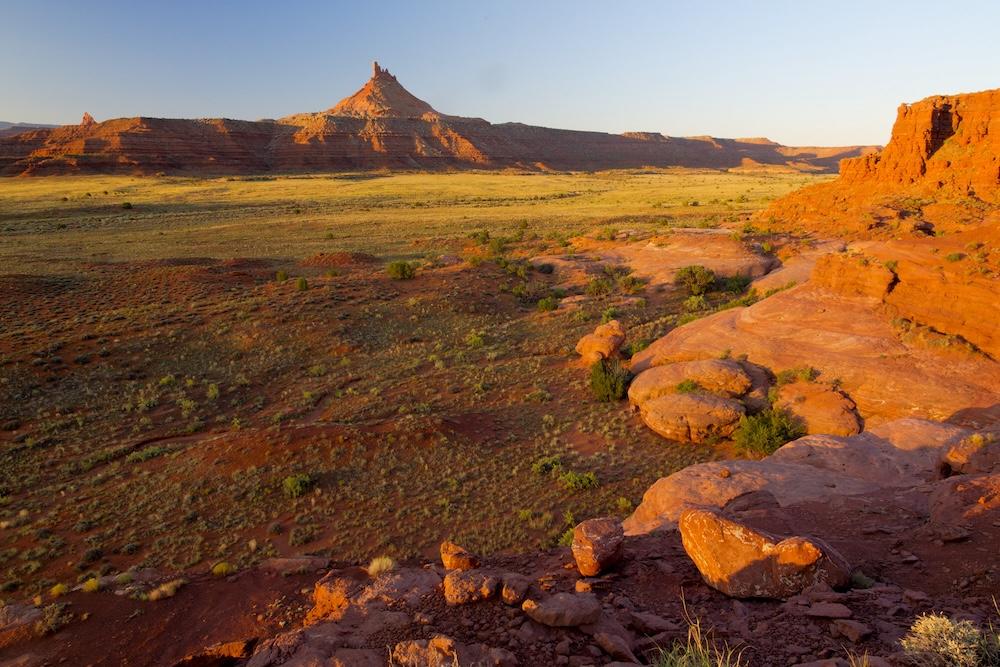
Indian Creek, Bears Ears National Monument / BLM
An administrative judge has ordered a stay temporarily blocking a Bureau of Land Management plan to dig reservoirs to provide water for cattle grazing operations in a northern section of Bears Ears National Monument. The plan, proposed by The Nature Conservancy, which leases the land in question for cattle grazing, is to bulldoze 13 new reservoirs and erect barbed wire fencing to contain the cattle to particular grazing areas. Cattle would be redistributed from current grazing areas to these TNC-leased northern sections.
When the cattle management plan was announced, Western Watersheds Project, a non-profit conservation group, filed a petition asking a judge to temporarily block the proposal until more studies as to the impact of cattle grazing could be completed and included in the plan. Administrative judge Dawn Perry agreed with the plaintiffs and issued a stay blocking the order.
"Given that the only stated purpose in the EA for constructing thirteen reservoirs and five fences is to redistribute livestock, BLM had an obligation to analyze how optimized livestock distribution would impact rangeland health," Perry wrote in her decision. "Without pasture-specific data that extends beyond the limited project footprints, BLM could not perform a meaningful analysis of rangeland health. Accordingly, Appellants have raised serious questions regarding whether BLM took the requisite hard look, and this showing is sufficient to demonstrate a likelihood of success on the merits."

A proposed reservoir site. It shows healthy, intact biocrust and abundant grasses which would be within the zone of impact of a new reservoir. / Courtesy Western Watersheds Project
In a release, Western Watersheds Project pointed out cattle grazing in arid environments like Bears Ears can damage native vegetation and impact soil health, leading to the spreading of invasive plants like cheatgrass, especially around areas like water sources where cattle congregate.
Cattle also destroy cryptobiotic soil, a fragile and crucial living biological "crust" that traps moisture on desert soils providing a foothold for plant life. It can take decades or centuries for cryptobiotic soil to grow back once it's been obliterated by animals.
“BLM should be required to show more evidence that allowing cattle into ungrazed places will not cause harms to the soils, vegetation, wildlife, and other natural and cultural values the monument was established to protect,” said Laura Welp, Southern Utah Director with Western Watersheds Project, in the release. “The government warns recreationists and Indigenous people not to ’bust the crust,’ but has ignored the effects that more than a thousand 1,300-pound bovines have on fragile desert soils and vegetation.”
“We are pleased that the project was halted until livestock impacts were more thoroughly studied,” Welp said.


 Support Essential Coverage of Essential Places
Support Essential Coverage of Essential Places






